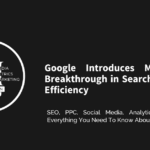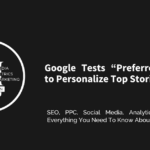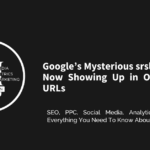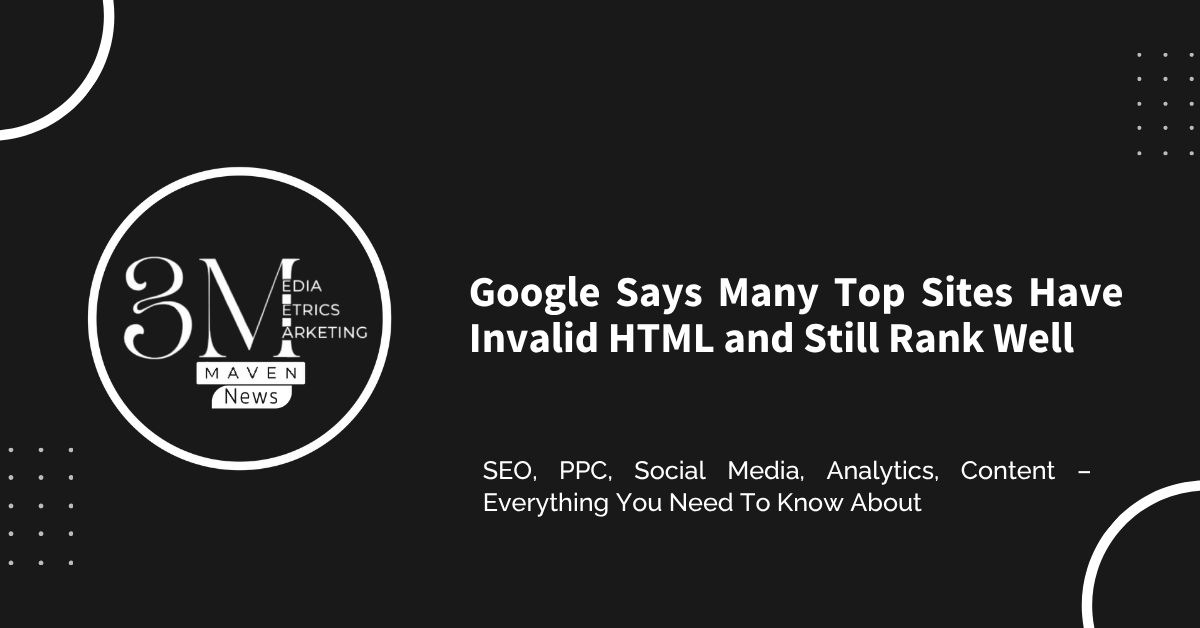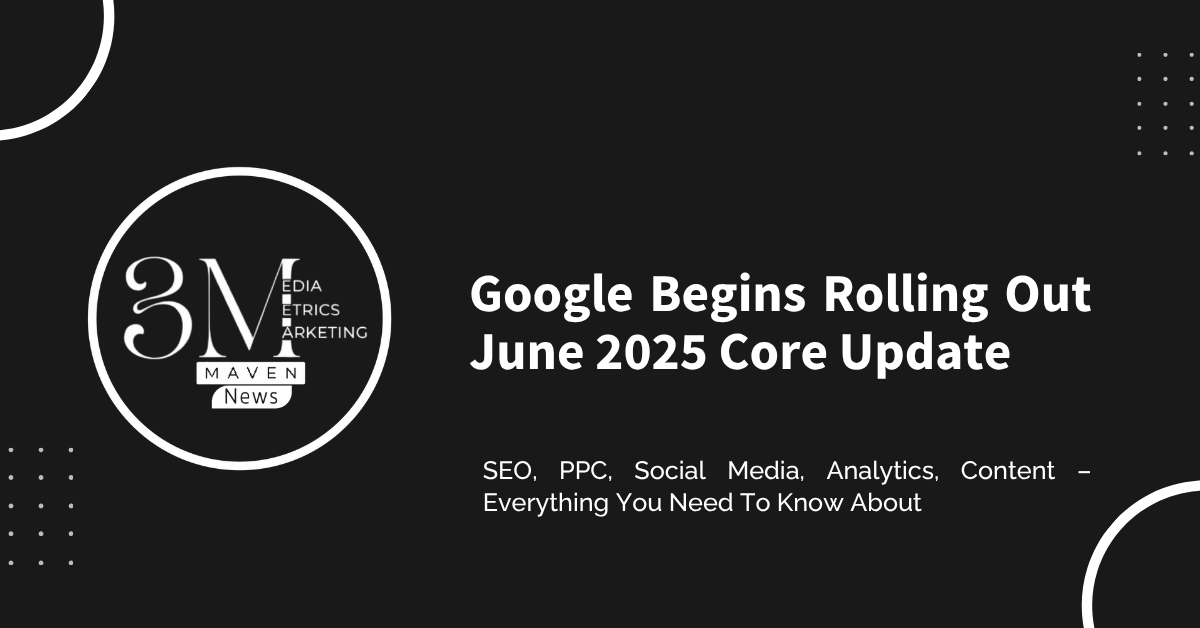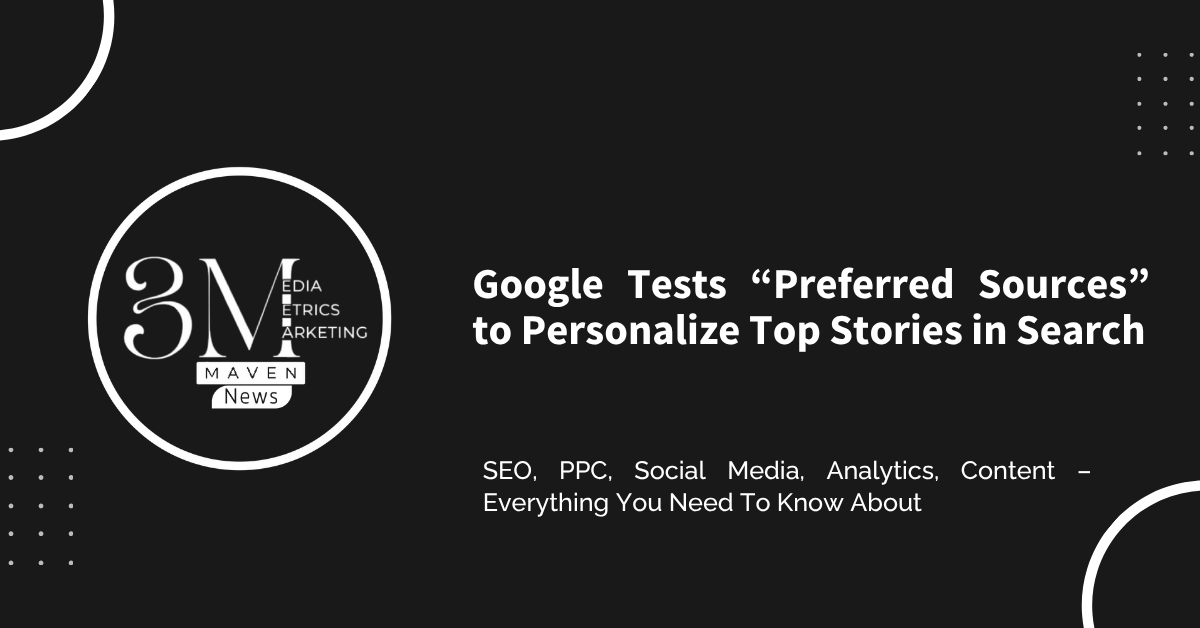Google has updated its documentation for Recipe structured data, offering clearer guidance on how the image property works and what it affects. This update confirms some important details about how images are ranked in both regular search results and rich results.
Structured data plays a key role in making content eligible for Google’s rich results — those enhanced listings that sometimes appear at the top or among standard search results. However, while structured data can influence which image appears in the recipe-rich result carousel, it doesn’t impact the image shown in the standard organic (text) search results.
In short:
- If you’re using Recipe structured data, specifying an image via the
imageproperty won’t determine which image Google displays in the regular search results. - To improve your chances of having a desired image appear in text results, you should follow general image SEO best practices.
Google also provides guidelines for optimizing images for better visibility. These include:
- Using sharp, high-quality images rather than blurry ones.
- Avoiding intentional blurring, even if it helps reduce file size or create visual depth.
- Utilizing HTML elements like
<img>and<picture>. - Submitting an image sitemap to help Google discover and index your images more effectively.
While Google hasn’t explicitly stated that blur is a direct ranking factor for images, their recommendation is clear: sharp images are more visually appealing and likely to attract clicks from users. Based on anecdotal evidence and this new guidance, it’s wise to avoid excessive blurring when optimizing images for search.


